{{ tocState.toggleTocShowMore ? 'Show more' : 'Show less' }}
If you’re embarking on a new weight loss journey, you may be considering the ever-popular ketogenic diet, also known as the keto diet—a high-fat, very-low-carbohydrate diet that can result in rapid weight loss, according to research
[1]Masood W, Annamaraju P, Uppaluri KR. Ketogenic Diet. StatPearls Publishing; 2021. . People following the keto diet typically consume 70% to 80% of their daily calories from fat, 10% to 20% of their daily calories from protein and only 5% to 10% of their daily calories from carbohydrates.
As carbohydrate deprivation depletes a person’s glycogen stores (the body’s primary source of energy), the body is forced to use ketones (byproducts from the breakdown of fat) as energy instead; this process is called nutritional ketosis. As long as carbohydrate intake is limited to no more than 50 grams a day, a person remains in ketosis—the primary goal of the keto diet.
However, drastically reducing your intake of carbohydrates can cause a range of uncomfortable symptoms known as the “keto flu,” says Nicole Roach, a registered dietitian at Lenox Hill Hospital in New York. Before starting a ketogenic diet, here’s what you need to know about the keto flu, plus how to minimize symptoms.
FEATURED PARTNER OFFER
Partner Offers feature brands who paid Forbes Health to appear at the top of our list.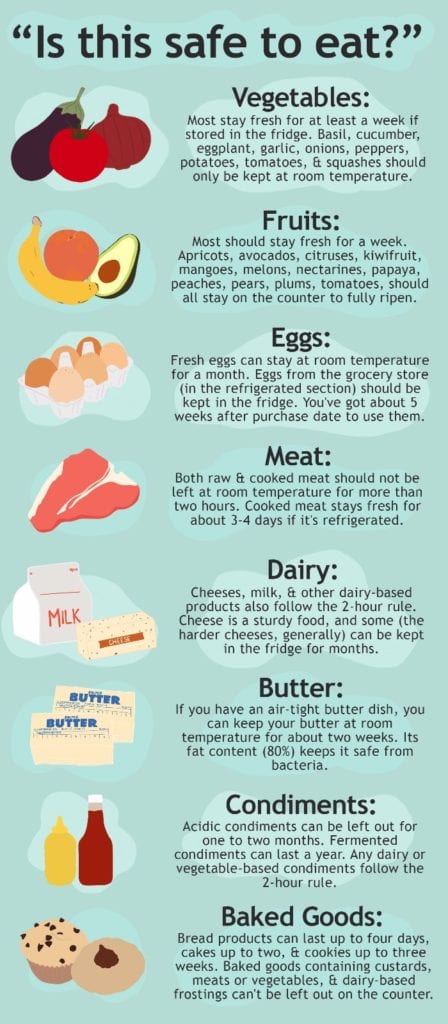 While this may influence where their products or services appear on our site, it in no way affects our ratings, which are based on thorough research, solid methodologies and expert advice. Our partners cannot pay us to guarantee favorable reviews of their products or services
While this may influence where their products or services appear on our site, it in no way affects our ratings, which are based on thorough research, solid methodologies and expert advice. Our partners cannot pay us to guarantee favorable reviews of their products or services
Take Quiz
On Noom's Website
Since the keto diet involves removing the majority of carbohydrates from your diet, you may undergo a sort of “carbohydrate withdrawal,” which is what’s referred to as the keto flu, says Priyanka Hennis, M.D., a family physician in Phoenix, Arizona.
When you consume very few carbohydrates, you’re forcing your body into a state of ketosis, explains Roach.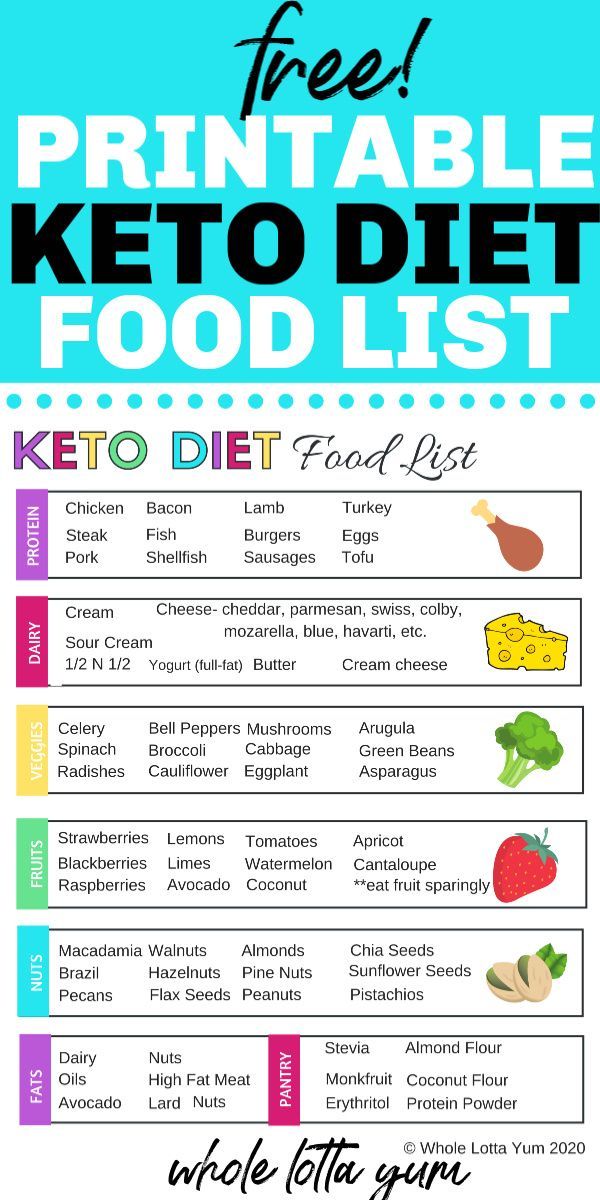 “Carbs are the body’s main and preferred source of fuel. When the body doesn’t have carbs to burn, it will instead burn fat, which is what results in increased ketone levels. Ketosis is a metabolic state characterized by raised levels of ketones in the body,” she says.
“Carbs are the body’s main and preferred source of fuel. When the body doesn’t have carbs to burn, it will instead burn fat, which is what results in increased ketone levels. Ketosis is a metabolic state characterized by raised levels of ketones in the body,” she says.
Initially, entering ketosis can cause quite a few unpleasant side effects.
Symptoms of the keto flu typically start two to seven days after beginning a ketogenic diet, says Mary Wirtz, a Colorado-based clinical registered dietitian and board-certified specialist in sports dietetics. “Symptoms can feel quite similar to the influenza virus,” she says, and they can vary from person to person. Possible symptoms include:
Keto flu symptoms are quite common in individuals who are beginning a ketogenic diet, says Wirtz, and they can be worse if the person isn’t staying well hydrated.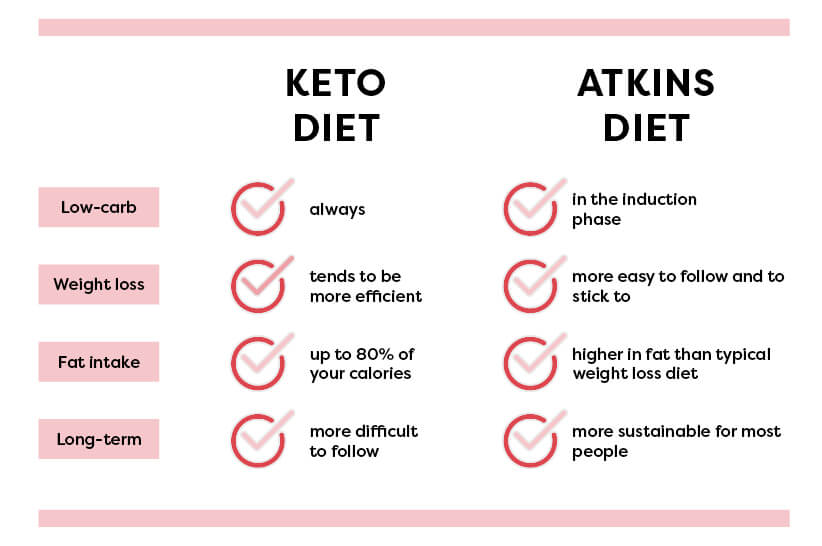
But not everyone who tries a keto diet will experience keto flu symptoms, says Roach—it really depends on the individual.
FEATURED PARTNER OFFER
Partner Offers feature brands who paid Forbes Health to appear at the top of our list. While this may influence where their products or services appear on our site, it in no way affects our ratings, which are based on thorough research, solid methodologies and expert advice. Our partners cannot pay us to guarantee favorable reviews of their products or services
Get Started
On WeightWatcher's Website
The exact cause of the keto flu is unknown, but experts have a few ideas. “It may be related to the body adjusting to the low-carb diet, which can be associated with sugar withdrawal and changes to the gut microbiome,” says Roach.
“It may be related to the body adjusting to the low-carb diet, which can be associated with sugar withdrawal and changes to the gut microbiome,” says Roach.
Genetics, dehydration and substantially changing the quality of your diet in a relatively short period of time are factors that may play a role in the onset of keto flu symptoms as well, says Wirtz.
If you decide to try the keto diet, it’s a good idea to work with a registered dietitian to ensure you’re following protocols in a safe manner, adds Roach.
Keto flu symptoms may resolve themselves in a matter of days, but they can also persist for several weeks. “In most people, symptoms typically get better in 10 days; however, if headaches, fatigue, cramps or irritability last longer than that length of time, it’s a good idea to see your doctor,” says Dr. Hennis. Electrolyte imbalances (which can occur when starting a keto diet) can cause a lot of severe symptoms, but they can also be evaluated through doctor-recommended blood tests and managed accordingly, she adds.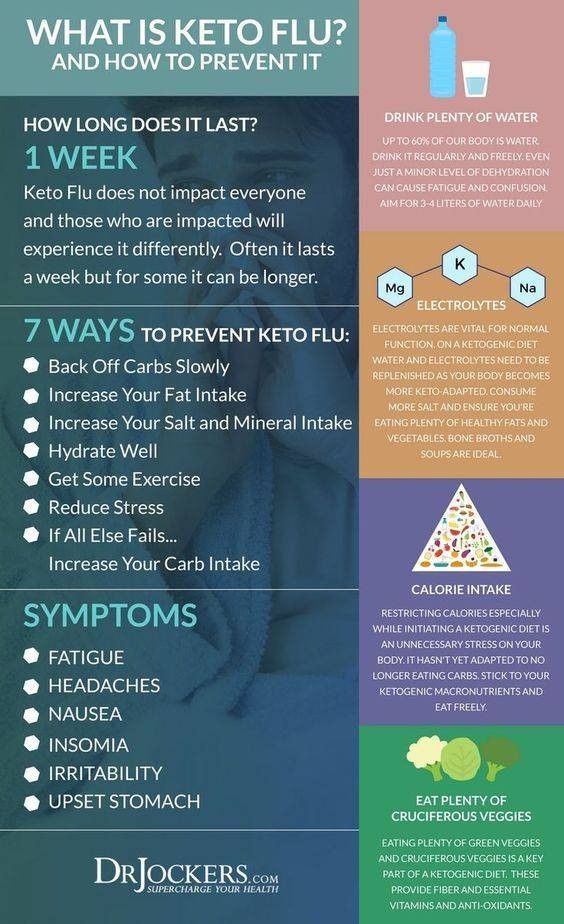
What aspect of your health are you planning on prioritizing in 2023?
My physical health
50%
My mental health
40%
My oral health
9%
If you’re planning to try a keto diet, here’s a handful of steps you can take to minimize your chances of experiencing keto flu symptoms (or reduce their severity).
Instead of cutting nearly all the carbohydrates out of your diet immediately, reduce them gradually over a longer period of time to help reduce symptoms, suggests Roach.
At baseline, most women should aim to consume 2.7 liters (11.5 cups) of fluids daily, and men should try to drink 3.7 liters (15.5 cups) of fluids a day, says Wirtz. Remaining well-hydrated can help prevent headaches and increase energy levels.
It’s easy to develop an electrolyte imbalance with any type of diet, says Dr.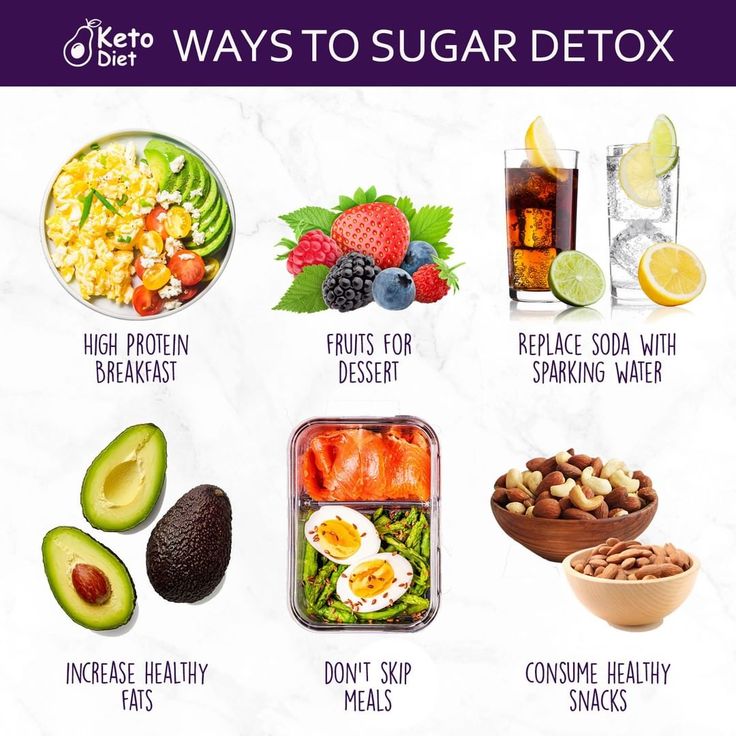 Hennis, which can lead to muscle cramps, nausea and more. Supplementing your diet with magnesium, potassium and sodium can help. She recommends trying a sports drink or electrolyte-enhanced water.
Hennis, which can lead to muscle cramps, nausea and more. Supplementing your diet with magnesium, potassium and sodium can help. She recommends trying a sports drink or electrolyte-enhanced water.
Too much caffeine can interfere with your sleep, says Roach. Limiting your intake of caffeine can help reduce bothersome symptoms like insomnia, fatigue, irritability and more.
FEATURED PARTNER OFFER
Partner Offers feature brands who paid Forbes Health to appear at the top of our list. While this may influence where their products or services appear on our site, it in no way affects our ratings, which are based on thorough research, solid methodologies and expert advice. Our partners cannot pay us to guarantee favorable reviews of their products or services
Get $25 Off using code FORBES25 at checkout
Get Started
On NutriSense's Website
As your body adjusts to the state of ketosis, you may feel weak or fatigued, so stick with light, energizing activities during this period of time, suggests Dr.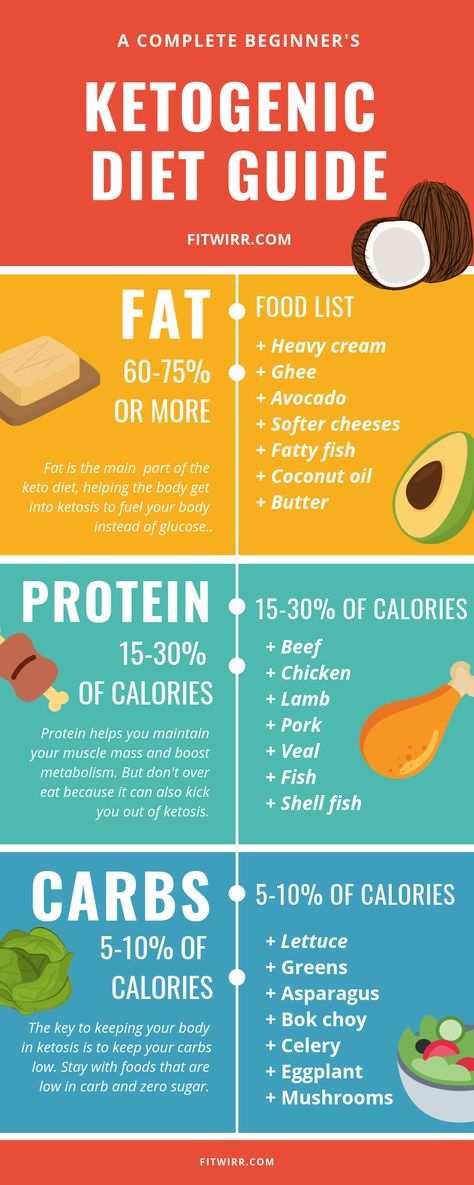 Hennis. Save the long runs and heavy lifting for when you’re back to feeling your best.
Hennis. Save the long runs and heavy lifting for when you’re back to feeling your best.
Wirtz recommends including a wide variety of non-starchy vegetables (which have fewer carbohydrates) in your diet to help minimize digestive issues that often come with the keto flu. Spinach and other leafy greens, broccoli, cauliflower and Brussels sprouts are all great options. Plus, each of these foods is rich in essential electrolytes.
If you’re becoming discouraged by keto flu symptoms but they’re manageable, Dr. Hennis recommends sticking it out. “Once you start, commit to at least three months of doing the work,” she says. “It usually takes 21 days for any new habit to stick, so practice every day.”
The keto diet is one of the most popular diets right now. Those who follow the keto diet report weight loss, reduced blood sugar, and many other health benefits.
With all of these great benefits in mind, you have finally taken the plunge and started the keto diet. Now, all of a sudden, you are feeling tired and rundown. You may find yourself asking, “Why am I exhausted on the keto diet?”
Now, all of a sudden, you are feeling tired and rundown. You may find yourself asking, “Why am I exhausted on the keto diet?”
Everyone seems to be thriving, while you can’t seem to beat the fatigue. The good news is, fatigue associated with the keto diet is usually short-lived.
Let’s dive in and see if the keto diet is the culprit of your fatigue, common reasons for being tired on keto, and how long symptoms typically last.
Can the ketogenic diet cause extreme fatigue?
Causes of extreme fatigue on the keto diet
How long does keto fatigue last?
Final Takeaway
The keto diet is a high-fat, low-carb diet. As you transition from your regular eating patterns to a ketogenic diet, you will remove starchy foods, including chips, bread, and sugary snacks. You will replace these starches with healthy fats like avocado, nuts, and oils.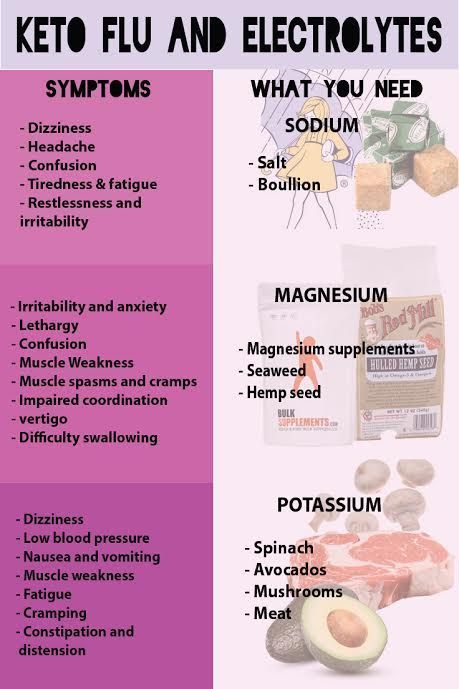
By removing starch from your diet, your body begins to use both dietary and body fat for fuel instead of carbs. The time period between this transition can be quite rough for some.
Rest assured, most of the time, fatigue on the keto diet isn’t related to anything serious and can be solved with a better understanding of how the diet works.
If your fatigue seems to linger and has caused you to re-think “going keto,” there may be other causes that are worth looking into. Let’s take a look at some common causes of fatigue on the keto diet.
On a standard diet, we usually eat at least 150-200 grams of carbohydrates per day. With the ketogenic diet, our carb intake is reduced to under 20 grams. This can come as a shock to our brain.
As we transition from using carbs to ketones as fuel, it often takes time for our brains to fully adapt to using ketones for fuel. During this transition, we may experience the keto flu.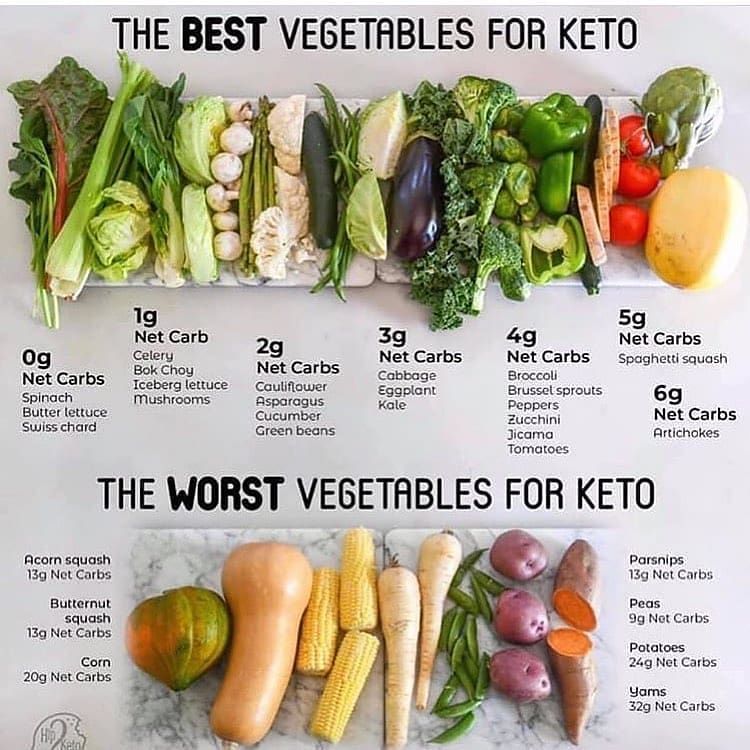
Common symptoms of the keto flu may include headache, fatigue, and irritability.
The good news is, the keto flu is temporary, and symptoms usually subside within the first week as your body adjusts.
According to research, we may burn an additional 300 calories on very low carbohydrate diets like the keto diet.
In addition, as you increase fat consumption and your body is in ketosis, your appetite will naturally decrease leading to less calorie consumption. This makes keto great for fat loss and can help you lose weight quickly, but it can lead to an extreme calorie deficit.
Being in a large calorie deficit for extended periods of time can throw your body into starvation mode. This can lead to short-term symptoms like fatigue and headaches as well as long-term symptoms like metabolic damage.
A healthy calorie deficit of 500 calories per day is recommended for sustainable weight loss. If you experience weight loss of over 1.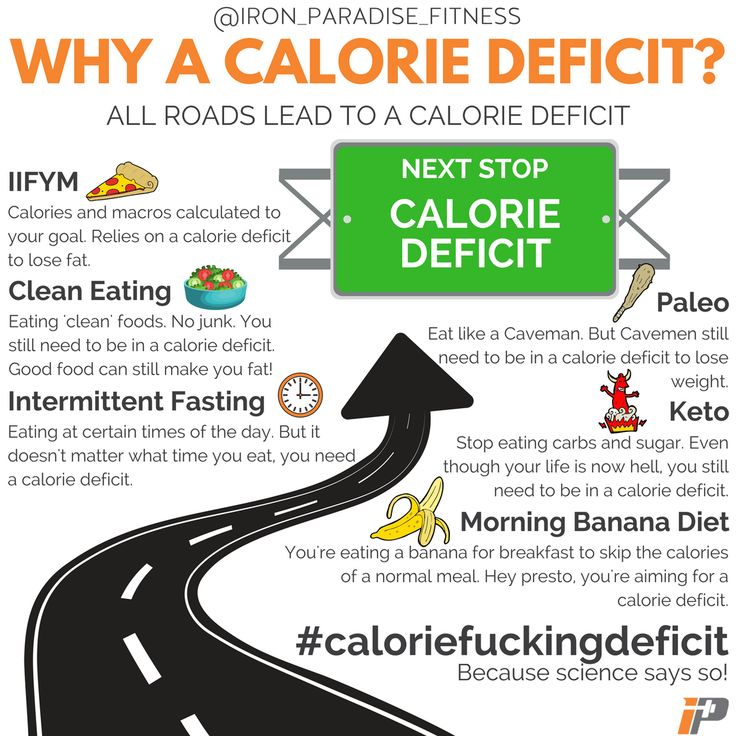 5-2 pounds per week, you should re-adjust your macros and boost your calorie consumption.
5-2 pounds per week, you should re-adjust your macros and boost your calorie consumption.
To maintain keto long-term, it is essential to provide your body with enough calories to avoid burnout, binges, and feeling tired.
When following any low-carb or keto diet where your body relies on fat as its primary fuel source, it is essential to be sure you are eating enough fat for adequate energy production.
It can be challenging for those new to the keto diet to get adjusted to eating more fat. After all, we have spent most of our lives being told that fat will make us fat.
But a keto diet lacking in healthy fats can result in low energy levels and make you feel downright crummy. A general rule of thumb for fat intake is to be sure at least 70% of total calories come from fat.
Here are some healthy foods that are high in fat:
If you have trouble including fat or it doesn’t sit right with your taste buds, consider adding supplements like MCT oil to boost your calories from fat.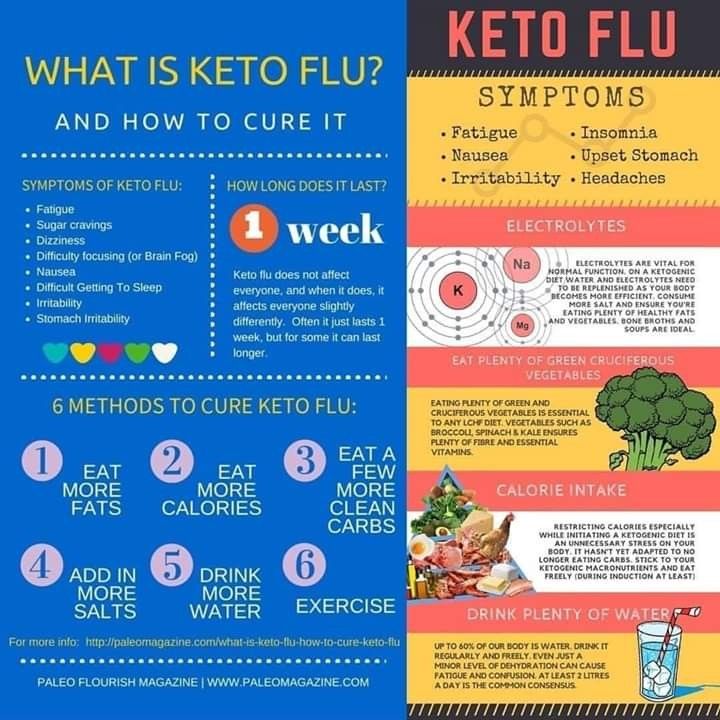
When we eat moderate to high carbohydrate diets, our bodies convert excess carbs to glycogen that become stored and saved for energy. Glycogen holds on to water and can be the reason as to why you may feel bloated after a high-carb meal.
As we transition to ketosis or using ketones for energy production our bodies use up remaining glycogen stores for energy, resulting in excess water loss and frequent urination. Sudden weight loss is also common due to the amount of water loss.
Proper hydration is essential on the ketogenic diet. This especially holds true for the first several weeks while your body is in the keto-adaptation phase and releasing extra water.
Ketones naturally deplete your body from the water and can lead to dehydration, lethargy, and cravings for carbs and sugar.
When you lose water on the keto diet, you will also lose electrolytes like potassium, magnesium, and sodium. An improper balance of these electrolytes can lead to muscle cramps, headaches, and fatigue.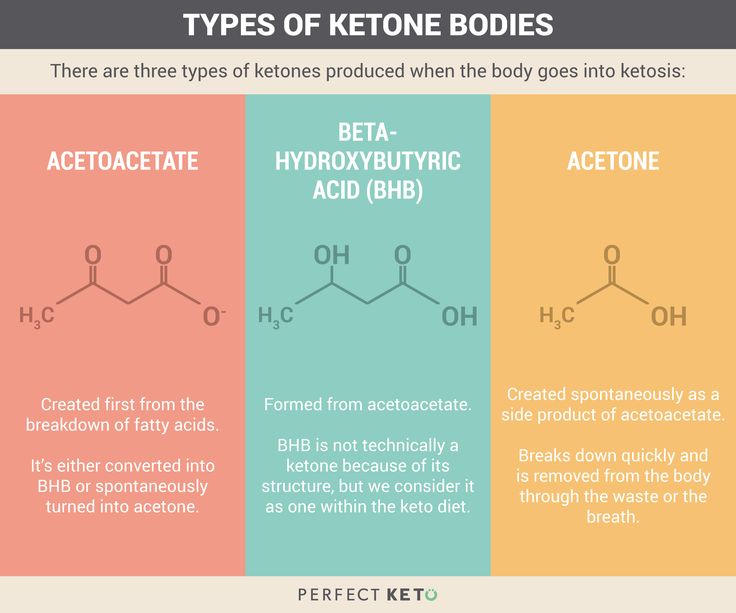
Be sure to eat plenty of electrolyte-rich foods. Some examples of keto-friendly foods that are high in magnesium and potassium include:
Getting enough sodium in our diet isn’t usually too challenging because we can simply add more table salt to our meals. However, if you find it difficult to eat foods rich in potassium and magnesium, you should consider supplements.
With all of the “keto-friendly” junk food lining the shelves of grocery stores these days, it can be confusing to choose healthy snacks. A good rule of thumb is to always eat whole foods whenever possible.
It can be difficult to always keep whole food snacks on hand if you are frequently on the go. But it’s best to strive to keep healthy food on hand to maintain satiety without filling our bodies with junk that can lead to fatigue.
It is also essential to meet your macro goals to fuel your body and maintain optimal health and energy while your body is burning fat.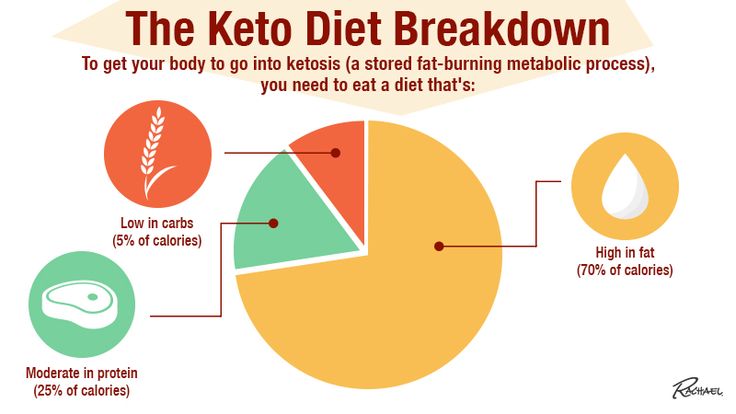
We’ve already mentioned fat, but protein is another macronutrient we need to prevent tiredness and fatigue on keto.
Protein intake should account for around 20% of your total calorie consumption and come from healthy sources like bone broth, steak, and chicken. It’s usually not hard to hit our protein goals, but you can always add in a high-quality protein supplement if you find it difficult to meet your protein needs.
Finally, always include exercise and adequate sleep as a part of a healthy lifestyle to prevent feeling sluggish and improve overall health.
Here you can find a guide on what is grounding and its benefits!
The duration of fatigue depends on the underlying cause. If it’s the keto flu, you will likely have complete symptom relief within a week or two once your body adjusts to using ketones for energy.
If your fatigue is related to other causes like dehydration, lack of fat and protein consumption, or inadequate calorie intake, you must readjust your diet to properly fuel your body to regain energy levels.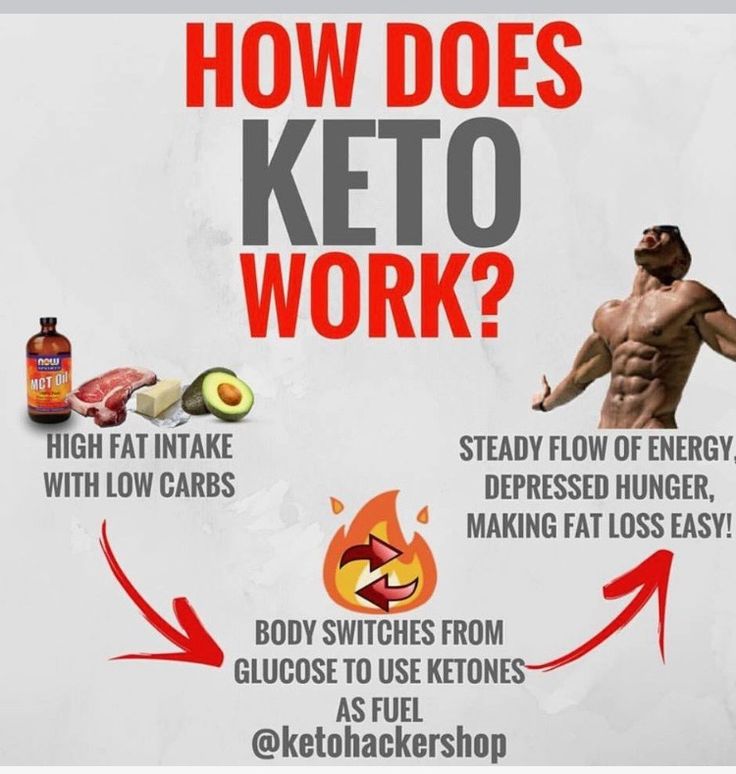
The keto diet has promising results if followed properly. In the beginning, the period of tiredness from the keto flu may be unavoidable for some, but side effects usually do not last over two weeks.
Feeling tired long after starting the keto diet is typically related to other causes like dehydration, inadequate nutrient intake, and sleep deprivation.
If you aren’t able to hit your macro goals or find it difficult to consume electrolyte-rich foods, you should consider adding supplements to your diet.
Still have questions? Comment below and we’ll do our best to help!
Article summary:
· The keto diet is a high-fat, low-carb diet. It puts your body into ketosis, a state in which you burn fat for energy instead of carbohydrates.
· The keto diet is safe and effective, but like any other diet, there is no one size fits all approach.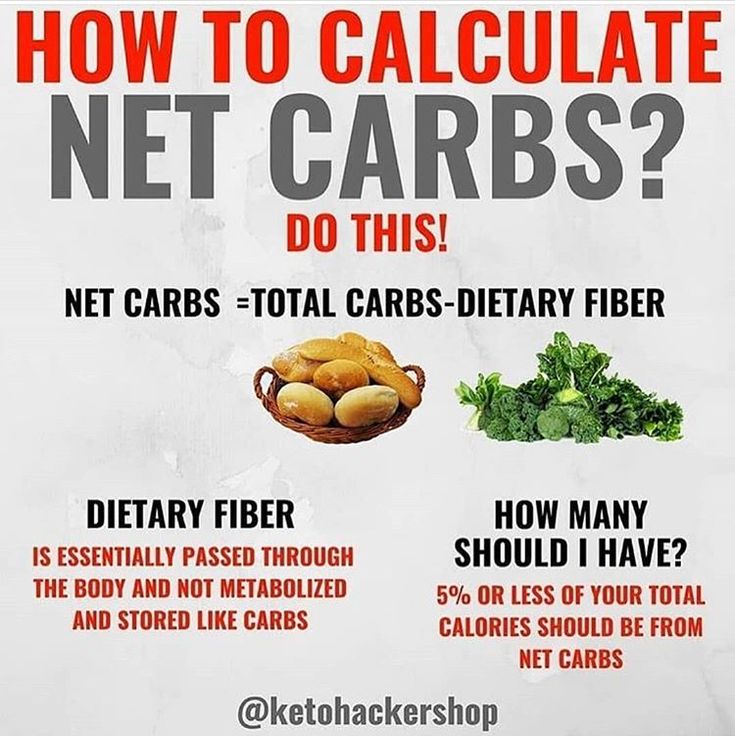
· Find answers to frequently asked questions about keto below, including tips and resources for feeling better.
Eat fat to burn fat and lose weight. It sounds counterintuitive, but this principle is at the heart of the ketogenic diet, a high-fat, low-carb diet followed by celebrities like Halle Berry and elite athletes like LeBron James. Whether you're just thinking about starting the keto diet, or if you've been following it for five weeks already, here's a guide to everything you need to know about the ketogenic diet, including answers to common questions and tips for getting the best results on keto.
The keto diet is a high-fat, low-carb diet that puts your body in ketosis, a state in which you burn fat instead of carbohydrates for energy. Keto has many benefits, including weight loss, increased energy and focus, and reduced inflammation.
To stay in ketosis and reap all the fat-burning benefits of a keto diet, you need to limit your carbohydrate intake.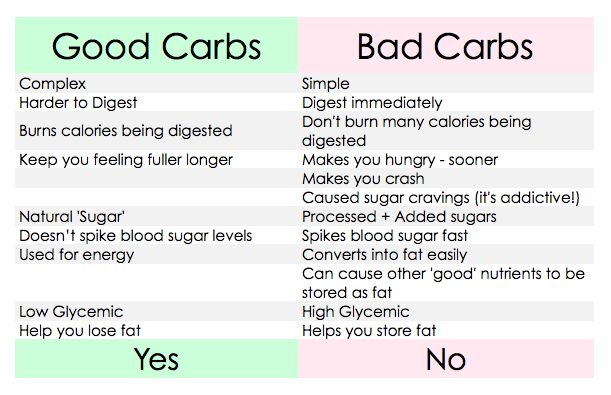 The Bulletproof Diet recommends eating less than 50 grams of carbs per day, but every diet is different. Some keto diets advocate limiting carbs to 20 grams per day.
The Bulletproof Diet recommends eating less than 50 grams of carbs per day, but every diet is different. Some keto diets advocate limiting carbs to 20 grams per day.
Since The Bulletproof Diet uses some keto diet hacks, such as intermittent fasting and MCT oil, to maintain ketosis, you can eat more carbs than on a standard keto diet. But keep in mind that their number may vary depending on your biology, activity level, age, goals and gender.
To achieve the best results on keto, follow these principles:
Predominance of high-quality fats such as vegetable and ghee, MCT oil, avocado oil and virgin coconut oil.
· Moderate amounts of fatty proteins such as meat and eggs from grass-fed animals, wild-caught oily fish and collagen protein.
Lots of high-nutrient, low-carb vegetables such as organic broccoli, zucchini, avocados, cucumbers, cabbage, and celery.
If a few days after switching to the keto diet you feel bad, like you are sick - welcome to the keto flu.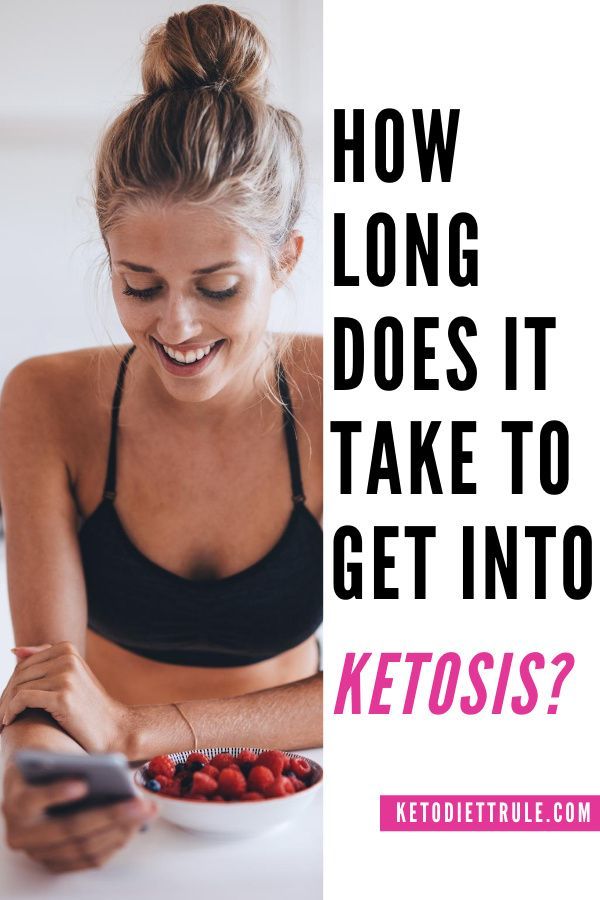 Tip #1: Drink lots of water.
Tip #1: Drink lots of water.
Other temporary side effects of the keto diet may include stomach problems such as constipation or diarrhea, and keto rashes. This skin condition, also known as Prurigo pigmentosa, is very rare.
Getting into ketosis can take anywhere from 2-3 days to several weeks, depending on your body's ability to adapt to burning fat for fuel. Once you enter ketosis, your body naturally produces ketones, molecules that fuel your brain and body with fat instead of carbs.
You can understand that you are in ketosis if you have a stable and long-lasting high energy level, improved concentration and decreased appetite. For a definitive answer, check your blood ketone levels.
Macros or macronutrients are the carbohydrates, fats and proteins that make up your food and help you produce energy. You don't have to count macros on the keto diet, but it's a great way to learn more about your food and understand your body's needs.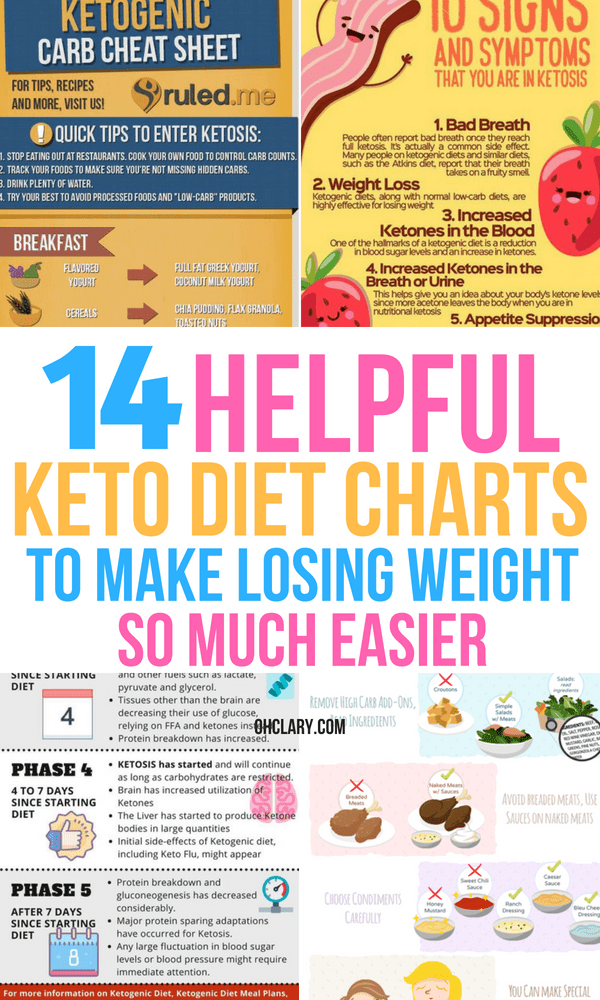
Even if you don't calculate macros, you should keep an eye on your digestible carbs, the carbs your body uses for energy. Calculating your digestible carbs can help you stay in ketosis and make informed food choices.
The ketogenic diet is healthy, effective, and scientifically proven, with a few caveats that we'll run into in a minute. When followed correctly, the keto diet promotes weight loss, creates more mitochondria in the brain, reduces inflammation, and even fights metabolic diseases like diabetes. However, any diet can be good or bad for you, depending on what you put on your plate. If you stick to the Bulletproof Diet meal plan, you will technically eliminate keto foods that make you feel lousy and are not part of a healthy diet.
This brings us to the dirty keto diet, which has the same structure as the standard keto diet (high fat, low carb) but allows for processed, packaged foods and fast food.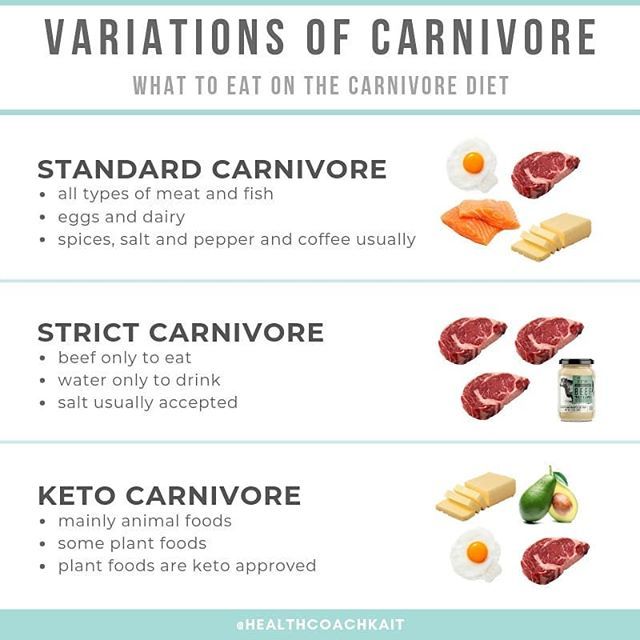 You can still get into ketosis and burn fat on dirty keto, but it comes with serious downsides like inflammation and weight gain.
You can still get into ketosis and burn fat on dirty keto, but it comes with serious downsides like inflammation and weight gain.
Eating more saturated fat can increase your “good” HDL cholesterol, total cholesterol, and sometimes even LDL cholesterol – and contrary to popular belief, this is good if you eat high-quality fats. Are you confused?
No, keto does not cause diabetes. Studies have shown that ketosis can even reverse diabetes because it reduces glucose intolerance and stabilizes blood sugar levels.
Yes and no. Some people successfully follow a complete keto diet without any difficulty. Others face problems associated with long-term carb restriction, such as insomnia and hormone imbalances. If you're experiencing this, experiment with a keto-carb cycle (cyclical ketosis), where you eat a moderate amount of carbs one day a week so your body can cycle in and out of ketosis.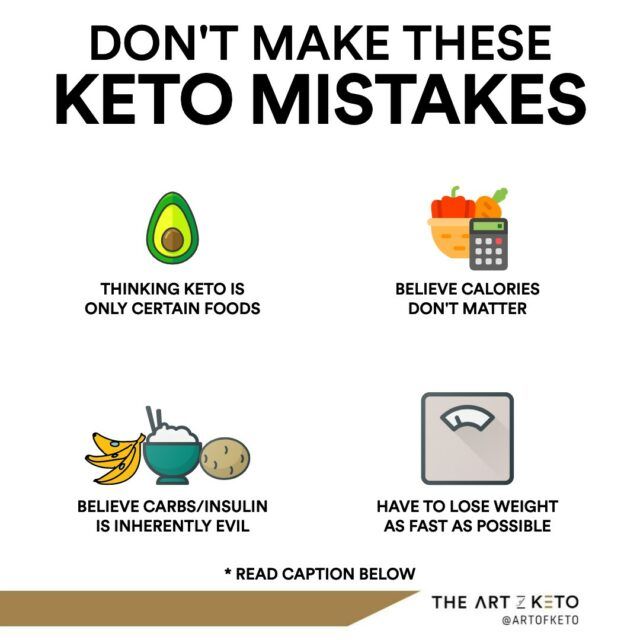 This is an effective modification that helps many avoid any potential dangers and risks of the keto diet.
This is an effective modification that helps many avoid any potential dangers and risks of the keto diet.
If you don't like full keto or are struggling with issues like insomnia and chronic fatigue, experiment with other types of keto diet.
On a keto cycle, you eat more nutrient-dense carbohydrates one day a week to refuel your body's systems.
On a targeted (or targeted) keto diet, you spread carbohydrates over time around workouts and periods of increased stress for additional nutrition.
Dealing with ketogenic diet problems
Some feel good if they eat very little carbohydrate for a long time. But if you're experiencing symptoms like dry eyes, insomnia, fatigue, and mood swings, your body may crave more carbs, especially if you're a woman, an athlete, or dealing with stress.
You can eat too much, not enough, or completely wrong.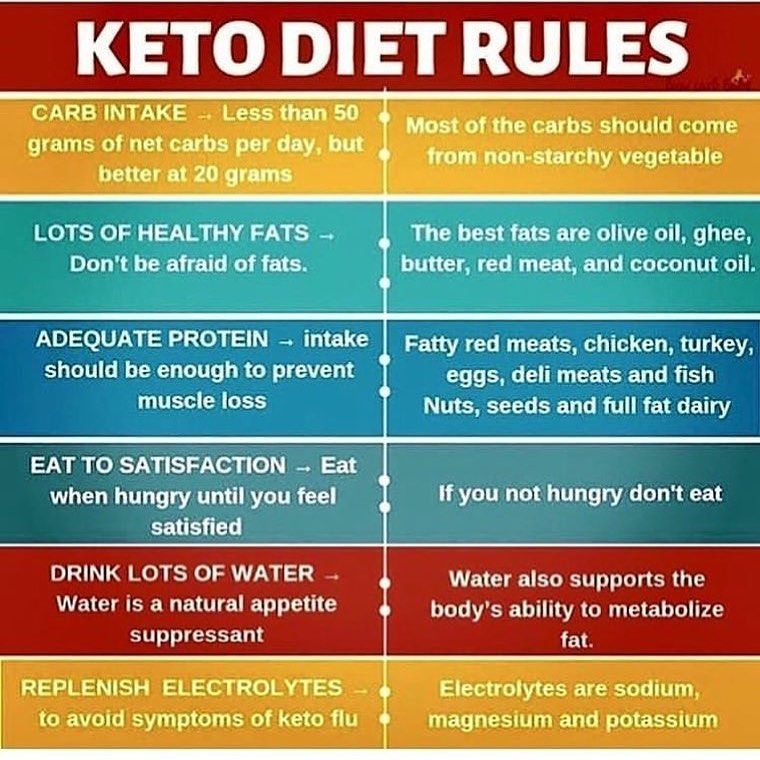
MCT oil is a powerful aid to the ketogenic diet because it helps your body produce more ketones and stay in ketosis. Therefore, even if you eat a few more carbohydrates than you should, you will not get out of ketosis. However, not all MCT oils are the same and some are more effective than others.
Exogenous ketones are synthetic ketones that help increase blood ketone levels. It's a popular supplement, but it's optional: focus on eating enough high-quality fats instead. Your body will naturally produce the ketones it needs to fuel itself throughout the day. If you're looking to start supplementing on the keto diet, the best place to start is with MCT oil.
Definitely yes. Cycling can actually increase the effectiveness of the keto diet by speeding up fat burning and weight loss.
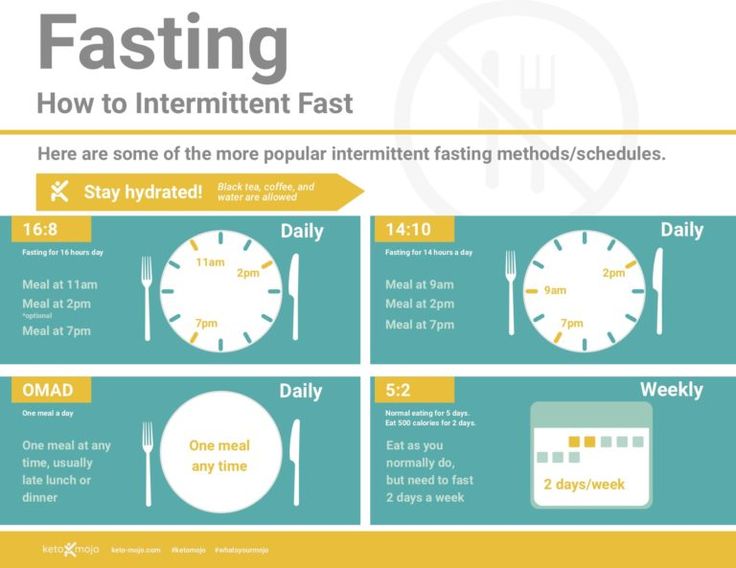 ru
ru Maxim Storozhenko
head of research and development at MF Kitchen.
13 120 views
The keto diet is one of the most effective ways to lose weight. This is a diet that involves eating low-carb, high-fat foods that results in rapid weight loss.
Low carbohydrate diet
The ketogenic diet is one of the most effective ways to lose weight, thanks to the Ketosis process. (Ketosis is a process in which fats are used for energy through the production of “ketones” by the body.) On a keto diet, energy comes mainly from fats, while on a traditional diet, most of it comes from carbohydrates.
Keto diet promotes rapid weight loss, but there are other benefits of this diet:
Who is the keto diet for?
How long can you eat on KETO?
There are no strict restrictions on the duration of meals. As a rule, it is 2-3 months or until a certain result is achieved. But no more than 8 months, since then the body begins to lose metabolic plasticity. Eating habits are formed around 21 days. Therefore, we can recommend sticking to this type of diet for 3 weeks in order to form the habit of eating without fast carbohydrates, sugar, etc. Then switch to a balanced diet, taking into account the norm of calories.
As a rule, it is 2-3 months or until a certain result is achieved. But no more than 8 months, since then the body begins to lose metabolic plasticity. Eating habits are formed around 21 days. Therefore, we can recommend sticking to this type of diet for 3 weeks in order to form the habit of eating without fast carbohydrates, sugar, etc. Then switch to a balanced diet, taking into account the norm of calories.
How to quickly wait for the result?
If you strictly follow the recommendations and do not deviate from nutrition, then the result can be seen in 5-7 days. It is recommended to measure the waist in centimeter, for objective tracking of results
How to eat at the end of the program?
Maintain a balanced diet. We recommend switching to classic food lines from MF Kitchen
Can I order a ready-made menu?
The specialists at MF Kitchen have developed two program lines:
How is MF Kitchen different from other services?
Strict adherence to KBZhU
Not a single day exceeds the allowable norm of carbohydrates, fats and carbohydrates and proteins, which is the most important requirement when following the Keto diet.